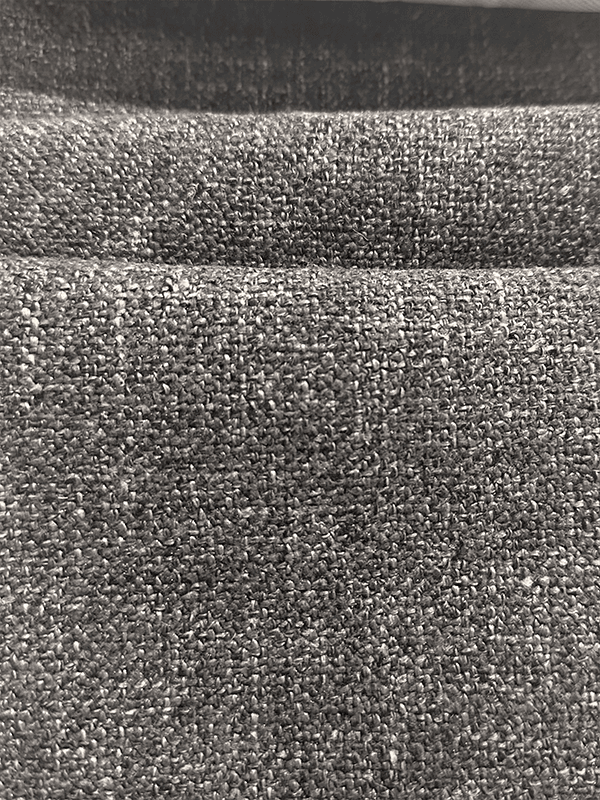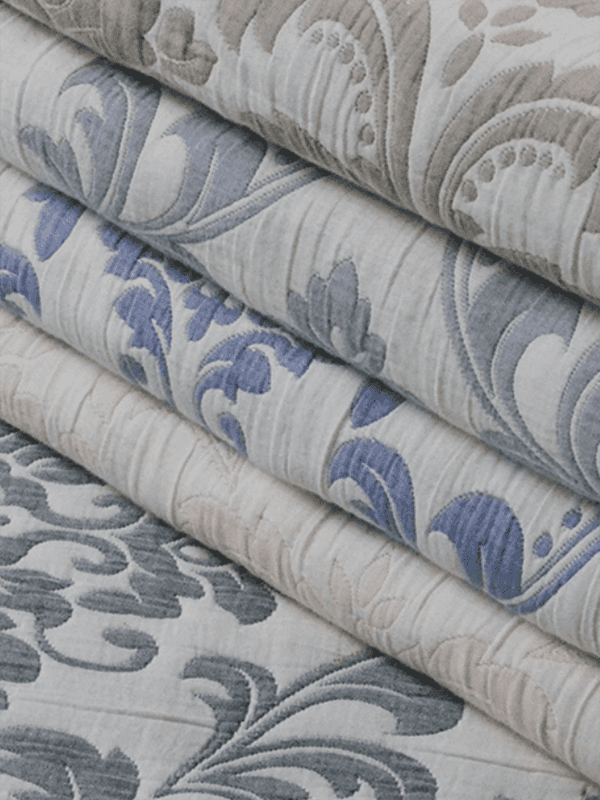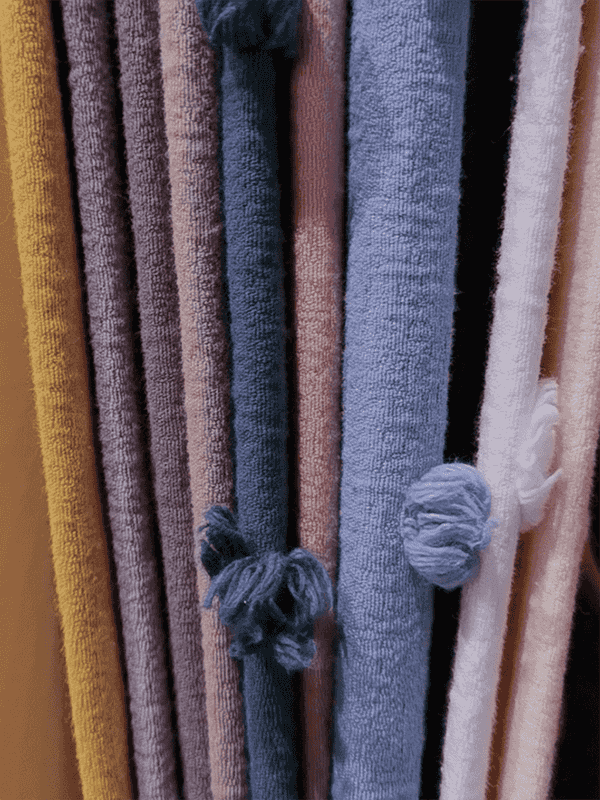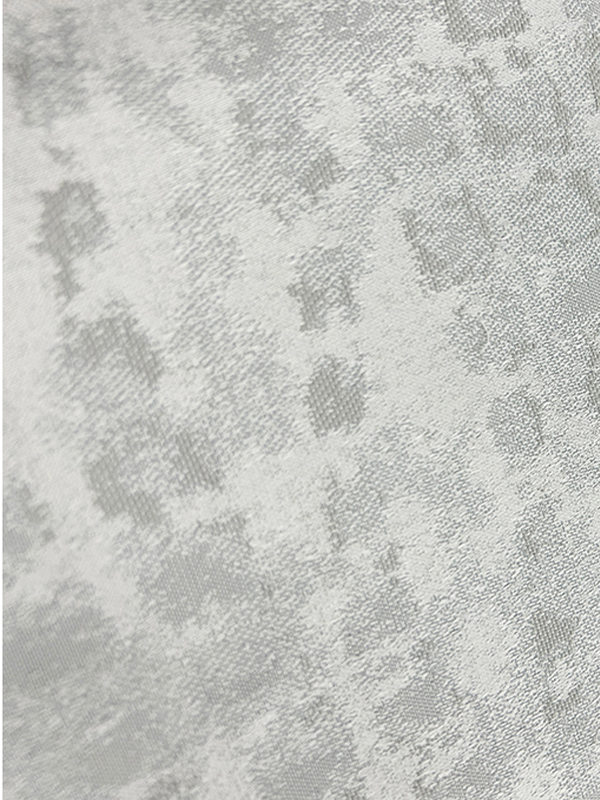When it comes to choosing the right sofa upholstery fabric, two of the most important factors that homeowners consider are durability and comfort. After all, a sofa is a long-term investment that sees daily use, and it needs to withstand the wear and tear of everyday life while also providing a cozy and comfortable seating experience. With countless options available in the market, from luxurious leathers to sturdy synthetics, the selection process can be overwhelming. In this article, we will explore the best types of sofa upholstery fabrics that strike the perfect balance between durability and comfort, helping you make an informed decision for your home.
1. Leather Upholstery Fabric
Leather is often regarded as a classic and luxurious choice for sofa upholstery. Known for its elegance, rich texture, and timeless appeal, leather offers numerous benefits when it comes to durability and comfort.
1.1 Durability
Leather is one of the most durable upholstery fabrics available. Its natural strength and resilience make it an excellent choice for high-traffic areas. Leather is resistant to tearing and stretching, and it generally ages well, developing a rich patina over time. A well-maintained leather sofa can last for decades, making it a great investment for the long term.
Moreover, leather is naturally resistant to spills and stains, which makes cleaning much easier compared to other fabrics. While it’s important to avoid harsh cleaning agents, wiping down leather with a damp cloth is typically sufficient to keep it clean.
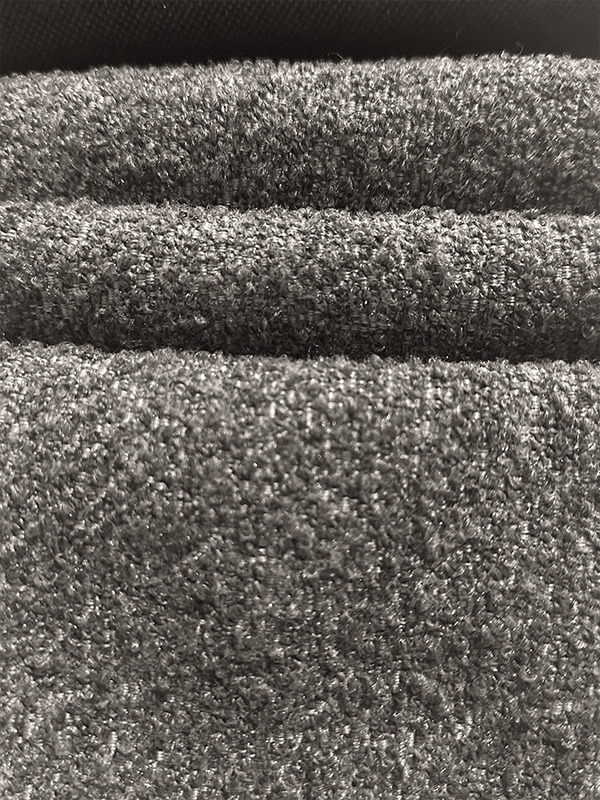
1.2 Comfort
Leather is a breathable material, which means it doesn’t trap heat as synthetic fabrics might. In hot weather, leather upholstery remains cool to the touch, while in colder weather, it absorbs and retains warmth. This makes leather a comfortable option for year-round use. However, leather can feel stiff or firm initially, and some people may prefer the softness of fabric upholstery. Over time, though, leather becomes more supple and molds to the contours of your body, enhancing comfort.
1.3 Drawbacks
While leather is incredibly durable and comfortable, it can be prone to scratches and scuffs, especially in homes with pets or small children. Moreover, high-quality leather tends to come at a higher price point than other materials. It’s also important to note that leather requires regular maintenance, including conditioning to prevent cracking and fading.
2. Microfiber Upholstery Fabric
Microfiber is a synthetic fabric that has gained popularity due to its durability, easy maintenance, and affordability. Made from finely woven polyester fibers, microfiber has a soft, plush texture while still being highly resistant to wear and tear.
2.1 Durability
Microfiber is known for being extremely durable and stain-resistant, making it a great option for families with children or pets. The tight weave of the fibers makes microfiber resistant to dirt and debris, while its non-porous surface helps prevent liquids from seeping into the fabric. In fact, microfiber is often used in upholstery for commercial furniture because of its high-performance capabilities.
Additionally, microfiber is resistant to fading, even when exposed to sunlight, and can maintain its color and appearance for years.
2.2 Comfort
Microfiber has a soft, velvety texture that offers excellent comfort for sitting or lounging. It’s breathable, lightweight, and won’t make you feel too hot or cold, making it suitable for all seasons. Microfiber’s plushness is one of its key appeals, offering a cozy feel while still being functional.
However, one downside is that it can sometimes feel too soft for people who prefer a firmer seating experience. That said, microfiber upholstery is still comfortable enough for most people, especially when paired with soft cushions.
2.3 Drawbacks
While microfiber is relatively low-maintenance and affordable, it can be prone to pilling over time, especially with heavy use. Additionally, microfiber is more susceptible to static buildup, which can attract dust and pet hair, although regular vacuuming can mitigate this issue.
3. Cotton Upholstery Fabric
Cotton is a natural fiber that has been a staple in the upholstery world for centuries. It’s versatile, soft, and widely used in both casual and traditional sofa designs.
3.1 Durability
Cotton upholstery fabric is known for its softness and comfort, but it can be less durable than synthetic fibers. It is susceptible to wearing and fading over time, especially in high-traffic areas. Cotton is also prone to wrinkling, which may require more frequent maintenance to keep it looking neat. However, when blended with synthetic fibers like polyester, cotton can become more durable and resistant to wear.
3.2 Comfort
One of the main reasons people love cotton for upholstery is its natural softness and breathability. It allows for good airflow, keeping you cool in the summer and warm in the winter. Cotton fabrics are also hypoallergenic, making them ideal for those with sensitive skin or allergies.
Cotton is also great for people who prefer a soft, natural feel to their furniture. The comfort level is unbeatable, as it conforms to your body while offering a smooth and gentle texture.
3.3 Drawbacks
While cotton upholstery is comfortable, it may not be the best choice for areas with heavy use or where durability is a priority. Cotton is more prone to stains and dirt accumulation than other materials, and it requires more frequent cleaning to maintain its appearance. Additionally, its tendency to wrinkle can detract from its visual appeal unless properly maintained.
4. Linen Upholstery Fabric
Linen is another natural fiber that’s gaining popularity in sofa upholstery due to its crisp look and breathable properties. Linen is made from the flax plant, and its texture can range from soft to somewhat rough, depending on the weave.
4.1 Durability
Linen is a strong and durable fabric, especially in comparison to cotton. It is highly resistant to tearing and fraying, making it a great option for high-use furniture. However, linen can be prone to shrinkage and wrinkling, and it may lose its smooth appearance after extended use. Additionally, linen is more expensive than cotton, and the high-maintenance factor can be a downside for some homeowners.
4.2 Comfort
Linen is highly breathable, making it a comfortable choice for all seasons. It remains cool in the summer and offers a light, airy feel. However, linen can be somewhat rough initially, although it softens with use. While some people find it incredibly comfortable, others may prefer the softer feel of cotton or microfiber.
4.3 Drawbacks
As mentioned, linen is prone to wrinkling, which may require regular ironing or steaming. It also tends to stain more easily than some other fabrics, so it may not be the best choice for households with children or pets.
5. Velvet Upholstery Fabric
Velvet is a luxurious fabric often used in high-end, designer sofas. Made from both natural and synthetic fibers, velvet has a soft, plush texture that offers both elegance and comfort.
5.1 Durability
While velvet can be durable, it is more prone to crushing or flattening over time, particularly in high-use areas. It is often a good choice for decorative or low-traffic spaces, but may not be the best option for a sofa that will receive daily wear and tear. Velvet made from synthetic fibers, such as polyester, tends to be more durable and resistant to crushing than natural velvet.
5.2 Comfort
Velvet is one of the softest and most comfortable fabrics available for sofa upholstery. It offers a luxurious feel and visual appeal, with its rich texture and deep, radiant color. Velvet is highly comfortable to sit on, offering warmth and a smooth texture that is often described as “cozy” and “inviting.”
5.3 Drawbacks
Velvet is high-maintenance and can show wear relatively quickly, especially in high-traffic areas. It may also attract dust and pet hair, making it necessary to regularly vacuum and clean the fabric to keep it looking pristine.
6. Conclusion
When selecting the best upholstery fabric for your sofa, it’s important to weigh both durability and comfort based on your needs and lifestyle. For families with children and pets, microfiber and leather are great choices due to their stain resistance, easy cleaning, and durability. For those who prioritize comfort and natural materials, cotton and linen offer excellent softness and breathability, though they may require more maintenance. For a luxurious feel, velvet and leather offer unique textures and aesthetics.
Ultimately, the best sofa upholstery fabric for you will depend on the level of comfort you desire, the amount of use your furniture will receive, and your aesthetic preferences. By considering the durability and comfort of each fabric, you can find the perfect upholstery that will enhance both the look and function of your sofa for years to come.

 English
English 中文简体
中文简体 Español
Español عربى
عربى